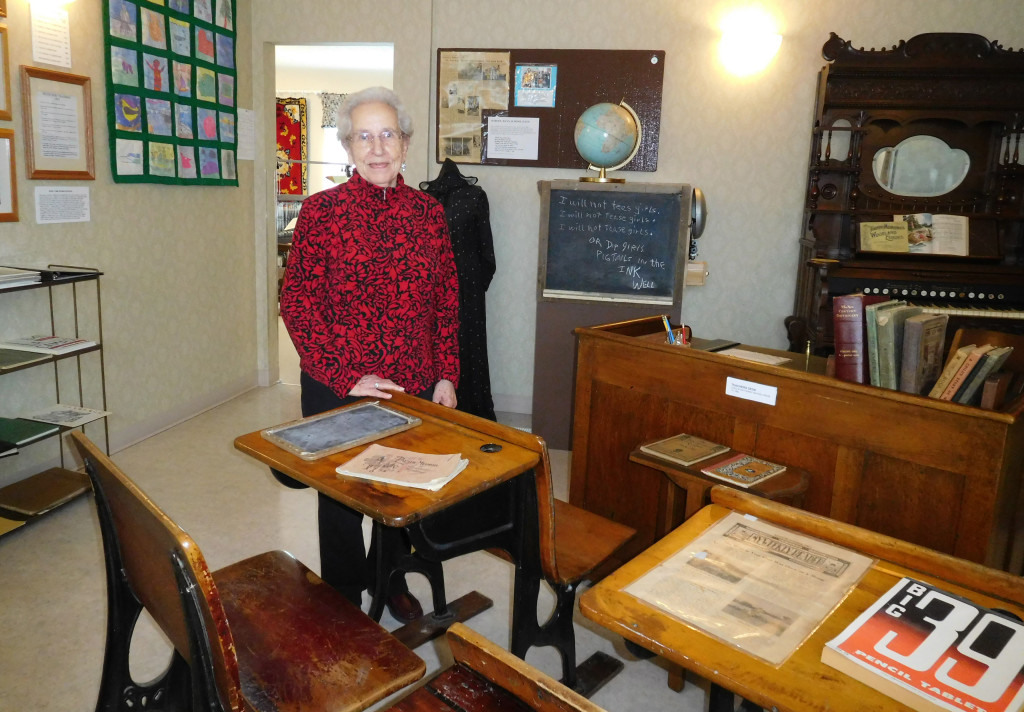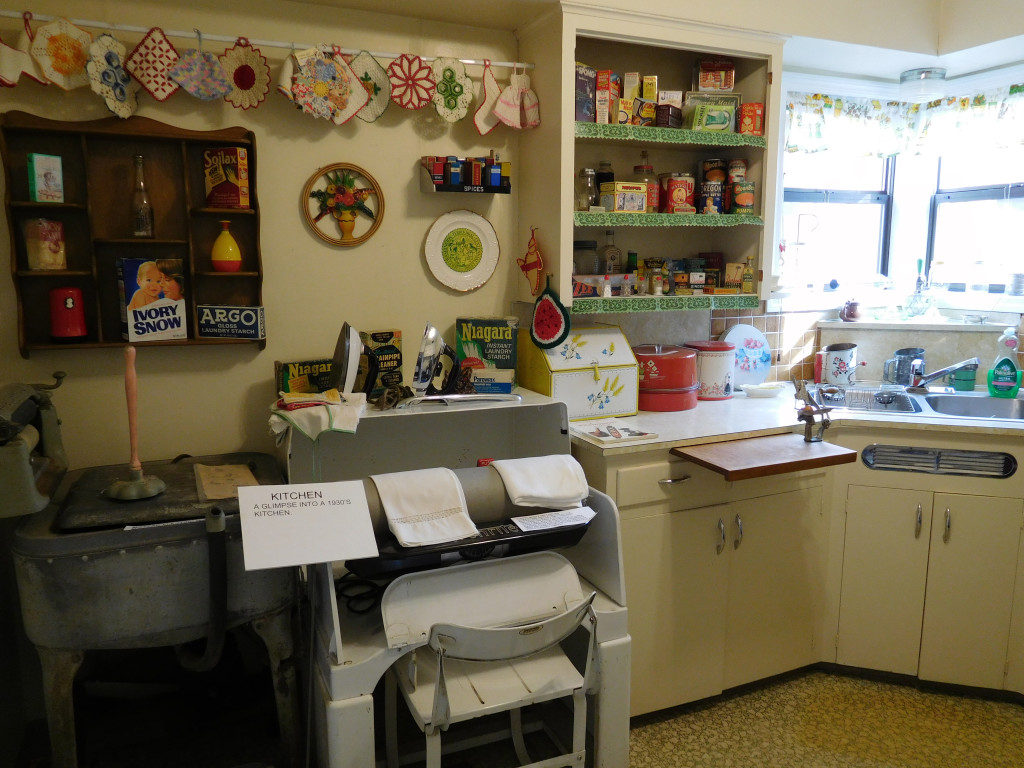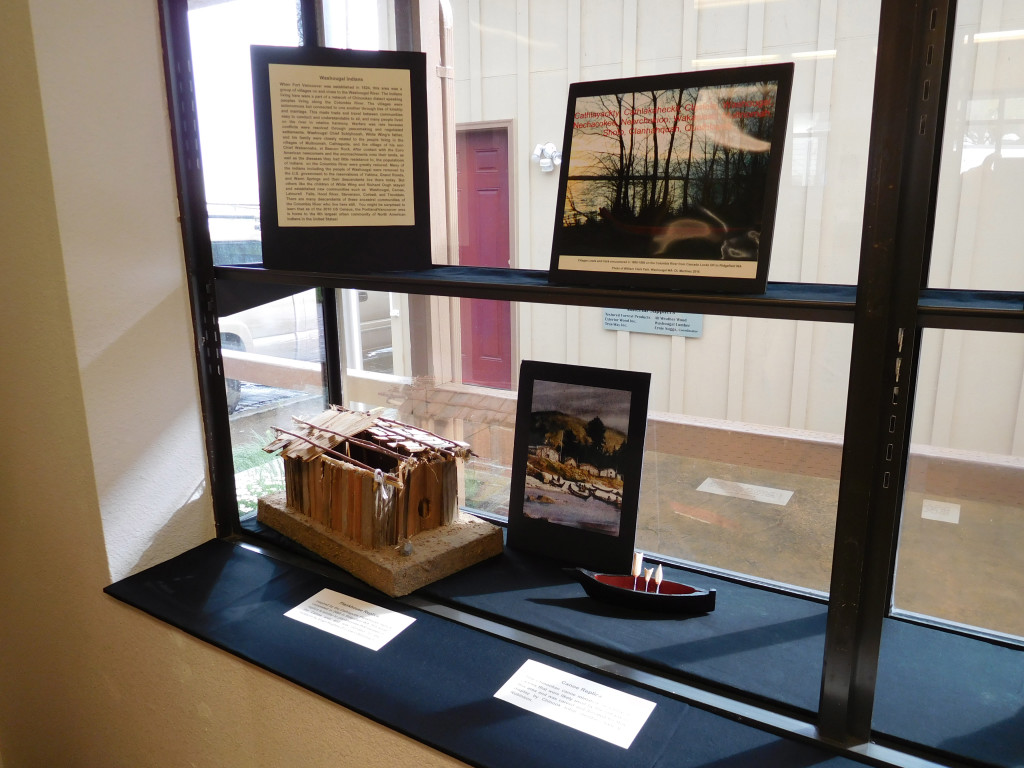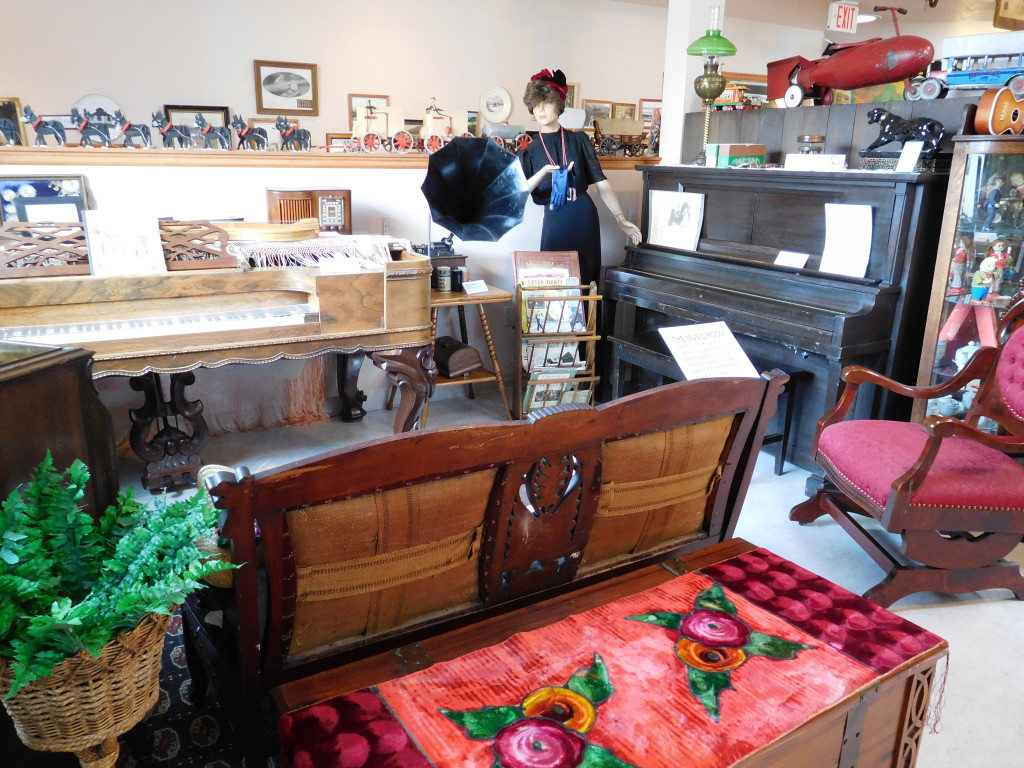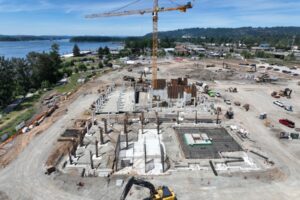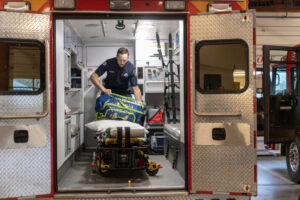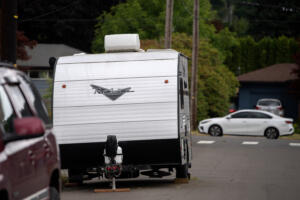When Bernie Englund enters the Two Rivers Heritage Museum to begin her volunteer shift, it has a whole different feel than a few months ago.
That’s because the museum has undergone a facelift during its winter closure, which volunteers are hoping will make it more appealing and interesting for visitors.


